All about front cameras
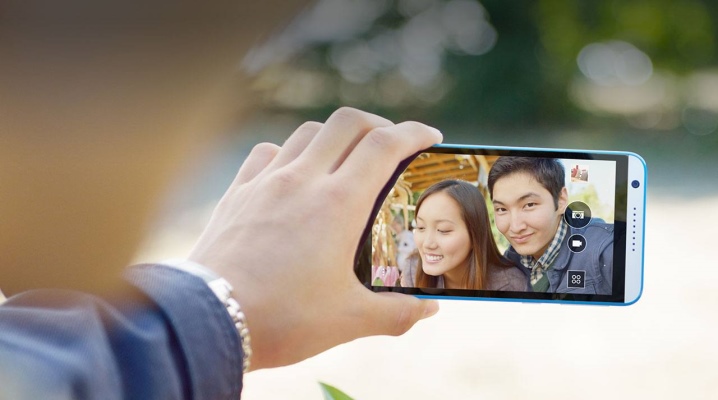
Many lovers of high-quality selfies and those who are thinking about purchasing a mobile device for the first time want to know what a front camera is, where it is located in the phone. This tool is really useful for creating portraits and group shots, absolutely indispensable for video chats. How it works, where it turns on, what to do if the rear camera does not work on the phone, you should learn in more detail.


What it is?
Most smartphones today have not one tool for taking pictures and videos, but two at once. The main or rear is located on the rear panel. The front camera did not appear in the phone right away and was considered an auxiliary element that did not deserve special attention. It is always on the same side as the screen, can be completely hidden under glass or have a pop-up zoom lens. Actually, frontal means located "facing" the user.
Finding the front camera is pretty easy. It looks like a small peephole at the top of the case, next to the wireless communication modules and sensors. Initially, the front cameras were used exclusively for making video calls and had an indicator of no more than 0.3 megapixels.
With the rise in popularity of social media and selfies, they have received much more attention. Modern modifications of this tool in a smartphone are really capable of a lot.
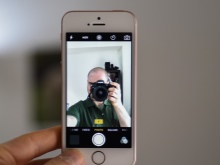


Main characteristics
Under the general concept of a front camera, there are many options for the layout of this element in the body of a smartphone. It can be quite small, looking almost like a dot on the front panel, or noticeable, 5-10 mm in diameter. Lately, slide-out cameras have become quite popular - these are used by the Honor brand.

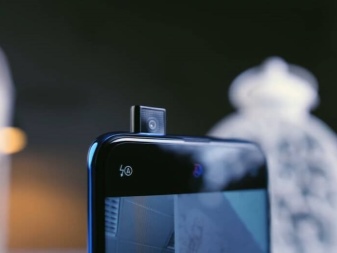
In modern devices with a frameless display, the camera is located under the screen. It is hidden by transparent glass - this reduces the risk of scratching the lens peephole. The sub-screen camera can be double or single - the first option is wide-angle, providing a greater view. An interesting solution can be considered a multifunctional model from Samsung, in which the rear lens has a rotation function, can be directed towards the user or away from him.
There are so-called selfiphones, in which front cameras are installed, which are superior in power to the rear ones. Their performance instead of 0.3-5 megapixels can reach 24 megapixels. Such equipment is focused specifically on creating high-quality selfies, reporting and live broadcasts on social networks.

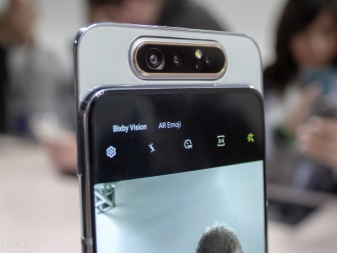
Among the important characteristics of lenses on the front panel of a smartphone are:
- resolution - the higher it is, the clearer the pictures will be;
- aperture or aperture size;
- viewing angle;
- autofocus;
- sensor - can be color, monochrome;
- video recording support (4K 60FPS is considered the best);
- the presence of a digital and optical stabilization module;
- ID function to recognize the owner's face.
Most front-facing cameras in smartphones of the same class have similar characteristics.
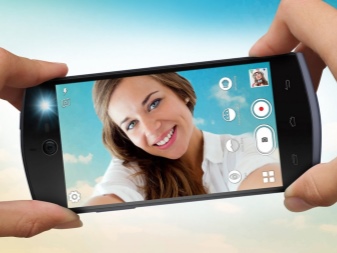

Comparison with the main camera
The difference between the front and main cameras of a smartphone is really significant. The main differences lie in some details.
- Matrix sensitivity. In rear cameras, it is 2-3 times higher, which significantly increases the detail and clarity of images.
- The presence of an outbreak. They are still rare in front-facing imaging instruments. In the rear, the flash is present even in inexpensive models of smartphones and tablet PCs.
- Reduced aperture ratio. For good selfies or video conferencing with the front camera, you'll need to use directional lights.
- The presence of autofocus. It is rarely used in the frontal version, since the distance to the subjects of shooting turns out to be much less.
- Advanced functions. Rear cameras always have significantly more of them - from smile detection to zoom. Although retractable lenses are already available in the front version.
All these points should be considered when choosing a tool for creating snapshots. It is rather difficult to compare the functionality of two cameras in one smartphone, since they are faced with completely different tasks.
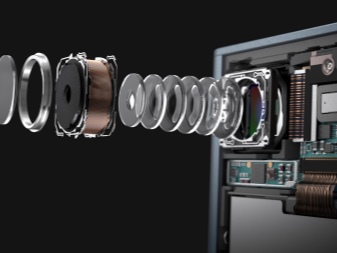
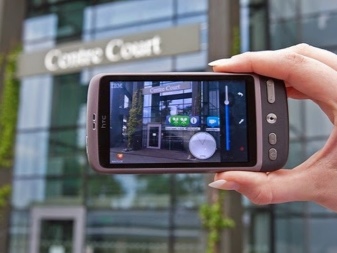
How to turn on?
Depending on the type of mobile equipment, the front camera is activated in different ways. In the case of activating the video communication module, this process is usually controlled automatically, but if the function was previously disabled, it will have to be activated manually from the screen.
When creating selfies on Android, the procedure will also be quite specific. To turn on the front camera you need:
- unlock the screen;
- open the "Camera" application through the icon in the list of applications or on the desktop;
- find the icon responsible for changing cameras - it looks like a camera surrounded by 2 arrows;
- click on it, choose a good angle, take a picture.
If you have to activate the frontal photo mode in the iPhone X and other Apple devices, you need to proceed in a similar way. After opening the application, the device will automatically display the image on the screen. You can take a picture by pressing the shutter button. Holding your finger on it, you can take a series of shots. The lens change icon is here at the bottom right of the display.
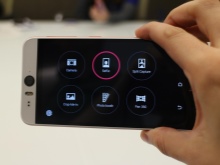

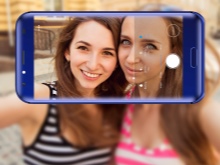
How to choose?
In order to choose a smartphone with a front camera correctly, the main focus should not be on the number of megapixels. Among the most important criteria are a number of characteristics.
- Aperture value. It can be different - from f / 1.6 to f / 2.2. The latter option of aperture or aperture is well suited for creating high-quality photos in daylight. For predominantly night shooting, you should give preference to a camera with f / 2.0.
- The quality of the lens used. It should not have obvious distortions and remain round.
- Front camera module included. It is necessary in order to get the bokeh effect when taking selfies.
- Focus type. It can be contrasting, the cheapest in performance, which does not give the opportunity to obtain high-quality images when the range is changed. Active focus works better, its phase option is good for daytime shooting and video creation in motion. The most accurate option is laser, but its range is limited to a range of 3-5 m.
- The presence of image stabilizers. They are important for reportage shooting, real-time video creation. Optical stabilization is marked with the abbreviation OIS, electronic stabilization - EIS. If you have a choice, you should give preference to the first option.
- Options. The included LED flash, zoom lens, autofocus will help you create high-quality photos in any conditions.
With these basic parameters in mind, it's easy to find the right front-facing smartphone for your everyday portrait shots.

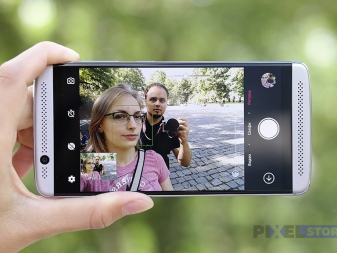
Possible operational problems
If the front camera is not working properly, there can be many reasons for the problems. For example, on Apple and non-Apple devices, covers with metal parts may interfere with the OIS performance. If focusing is difficult, remove the external accessories and try again. Protective film or dirt that has not been removed can block the flash, or even the entire lens eye.In this case, you will not be able to take high-quality pictures either.
When your phone's front camera won't turn on, display a black screen, or a closed lens, the cause is most likely a software glitch. If rebooting does not help, the device will have to be sent for repair.
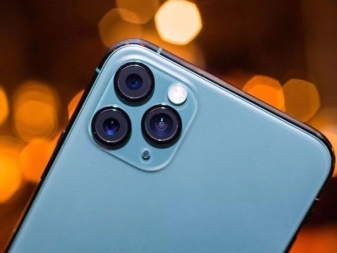
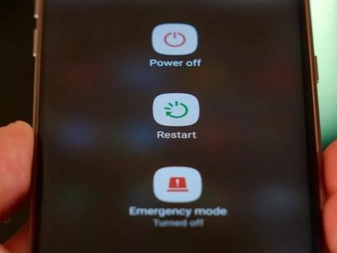
In addition, other situations can be distinguished in the list of frequently occurring breakdowns.
- The camera reverses the image. If this happens, the smartphone is set to the appropriate mode by default. When the camera is mirroring, you just need to turn it off. With the front-facing option, it can be deactivated with a simple press. The successful completion of the operation will be indicated by the corresponding inscription on the screen.
- The camera distorts the face. This happens when using a wide-angle lens. The closer the subject is to the camera, the more noticeable the imbalance will be.
- The image is cloudy. In the case of front cameras, the reason for blurring the frame may be the lens shift in the body, the presence of scratches and abrasions on it. Sometimes the lens becomes corny and dirty, in this situation cleaning will help to correct the situation. First, the area of the lens is cleaned with a soft brush, then with a cotton swab or special microfiber pads.
All these problems in the work are often easy to eliminate. If complex violations are identified, you will have to contact the service center.
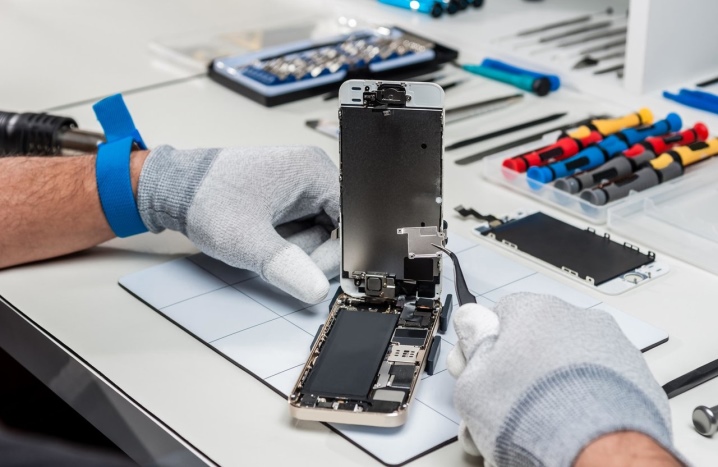
For an overview of the front camera in a Lenovo smartphone, see below.













The comment was sent successfully.